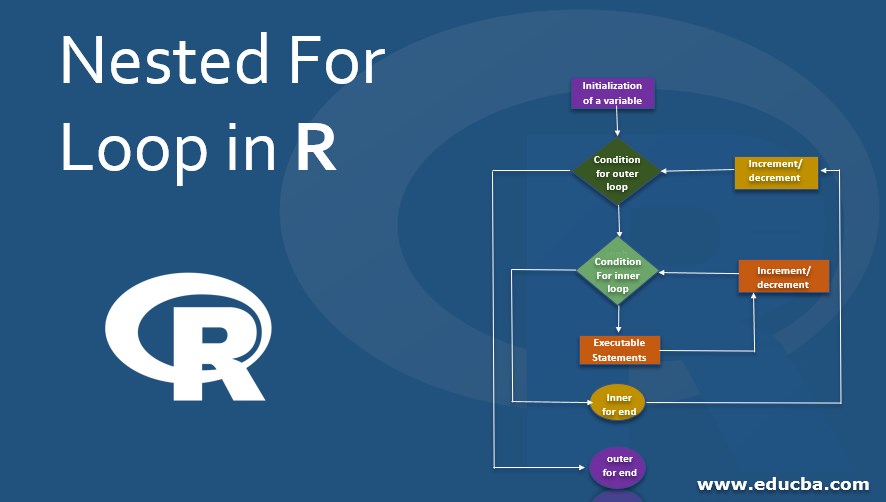
This is the essence of programming: creating customized, repeatable solutions to novel input -> output problems. Each time R loops through the code, R assigns the next value in the vector with values to the identifier. For example, we have 15 statements inside the loop, and we want to exit from the loop when a certain condition is True otherwise, it has to execute all of them.

How to run a loop in r code#
In these cases, we need to create code that will take our input and give us the needed output. While executing these loops, if R finds the break statement inside them, it will stop executing the statements and immediately exit from the loop. Thus inner loop is executed N- times for every execution of Outer loop.
How to run a loop in r how to#
In this article you will learn how to create a for loop in R programming with examples & exercises for. When you nest two loops, the outer loop takes control of the number of complete repetitions of the inner loop. A for loop is used to repeat a block of code. We often encounter situations where there is not a predefined function that meets our needs. Syntax of Nested for loop in R: The placing of one loop inside the body of another loop is called nesting. these functions are just “problems” that someone else has already solved.R has lots of functions that can take your input (data) and give you useful output (transformed data, models, etc.) We must ourselves put a condition explicitly inside the body of the loop. There is no condition check in repeat loop to exit the loop. A repeat loop is used to iterate over a block of code multiple number of times. Specifically, Chapter 17 demonstrates the strengths of the purrr package, and I highly recommend the exercises throughout the chapter if you would like practice on this topic. In this article, you will learn to use a repeat Loop in R programming with the help syntax, flowchart and examples. It is not uncommon to wish to run an analysis in R in which one analysis step is repeated with a different variable each time. Some of the content presented below was adapted from R for Data Science by Hadley Wickham, which is an excellent resource. On encountering next, the R parser skips further evaluation and starts next iteration of the loop.The contents of this document were presented as a talk to the Louisville R Users Group Meetup. Inside the for loop we have used a if condition to break if the current value is equal to 3.Īs we can see from the output, the loop terminates when it encounters the break statement.Ī next statement is useful when we want to skip the current iteration of a loop without terminating it. These are controlled by the loop condition check, which determines the loop iterations, entry, and exit of the loop scope. These are syntax-specific and support various uses cases in R programming.

With the for loop we can execute a set of statements, once for each item in a list, tuple, set etc. Loops help R programmers to implement complex logic while developing the code for the requirements of the repetitive step. This is less like the for keyword in other programming languages, and works more like an iterator method as found in other object-orientated programming languages. For loops in R always iterate over a sequence (a vector), where the length of the vector. A for loop is used for iterating over a sequence (that is either a list, a tuple, a dictionary, a set, or a string). In this example, we iterate over the vector x, which has consecutive numbers from 1 to 5. The simplest and most frequently used type of loops is the for loop.


 0 kommentar(er)
0 kommentar(er)
